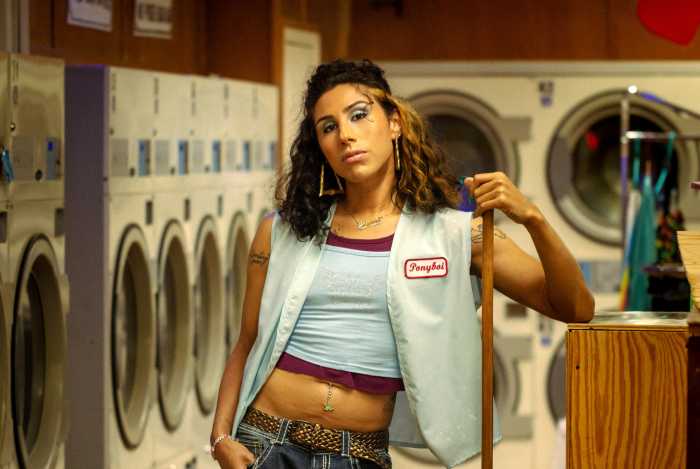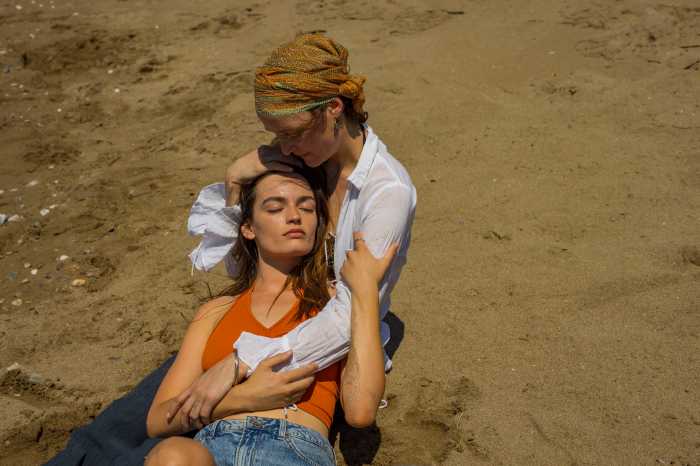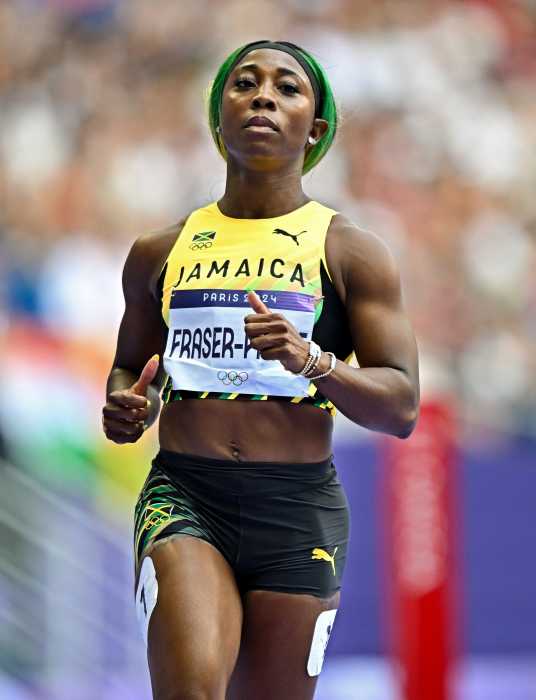Anna Schafer in Vincent Sabella’s “Elizabeth Blue,” which opens September 22 at Cinema Village. | GLOBAL DIGITAL RELEASING
Gay writer and director Vincent Sabella’s feature debut, “Elizabeth Blue” is an intimate and intense drama about the title character (Anna Schafer), who suffers from schizophrenia. At the opening of the film, Elizabeth tells her mother, Carol (Kathleen Quinlan), that she is being released from a mental institution and moving in with Grant (Ryan Vincent), her fiancé.
Elizabeth has hopes of getting well and leading a “normal” life. After she gets out, she sees Dr. Bowman (Adewale Akinnuoye-Agbaje), who prescribes medication to help her control her hallucinations and the voices she hears.
With “Elizabeth Blue,” Vincent Sabella tells his own story of schizophrenia
The filmmaker, who based his drama on his own personal experiences, succeeds in getting a strong performance out of Schafer, who vividly captures Elizabeth’s fragility and obsessive-compulsive behavior in her speech and body language. Sabella chatted with Gay City News about his portrait of mental illness in “Elizabeth Blue.”
GARY M. KRAMER: There is a real effort to treat mental illness with both respect and compassion here. Can you talk about how you developed the story from your experiences?
VINCENT SABELLA: All these characters are real. Dr. Bowman is my real Dr. Bowman, and he consulted on the film. Elizabeth is myself, and Grant is my husband Joseph. I based this script on a year in 2010 when all my medications hit a plateau and I was having schizophrenic episodes every day. Joe was taking me to see my psychiatrist every day because he couldn’t handle me. I either had to go to a psychiatric hospital or Joe would have to take a year off work to find the right regimen of meds to get me back to normal. Carol is loosely based on my mother. All the characters are real people in my life, so it wasn’t a stretch to write this.
GMK: “Elizabeth Blue” draws viewers in from the opening scenes in the hospital with a roving camera. There are also scenes depicting her hallucinations and the voices she hears. Can you talk about your visual and aural approach to making the film?
VS: Visually, I knew I wanted it to be a very intimate film and have a lot of close-ups. It was made so you feel like you are in this psychiatric ward. It was one long continuous shot. I wanted each shot handheld so there was a presence following her. The Christmas tree lot scene is one shot. I wanted it to feel very real. Elizabeth was suffering from something a lot of people suffer from every day. The voices and all that she sees are real. It’s what I hear, feel, see.
GMK: Elizabeth wants to “have a life and be normal.” But that may not happen as quickly as she wants it to. Can you talk about this and how you created the episodes that define her life in the film?
VS: When I began writing the script, I knew I would base it on that year, but I didn’t remember everything that happened. Joe tells me I was running around at night. He videotaped me, so I forgot I had an hallucination of a train. To me, it’s a choice to move on and get better. And people suffering from mental illness, the struggle because they don’t have support, meds, and doctors. I’m very fortunate and lucky that I am able to function and write and be a filmmaker.
I am very much the type of person who doesn’t sit and wallow in my mental illness. When I have an episode, I want to take my Saphris [medication prescribed for schizophrenia] and make it go away as quickly as possible. The folks I talk to, the majority of them also want to get well. We push ourselves a bit harder. We have the support of husband, psychiatrist, and the best medications. It’s a choice that I move fast in recovery and getting better. I always wanted to just be like everyone else and not be a victim of mental illness. I have it and embrace it and tell everyone about it, but I don’t want it to be a stigma.
GMK: What can you say about the symbols in the film?
VS: Whenever I had an episode or was getting over an episode, I always took a shower or a bath. It was a cleansing thing for me. Washing away what has just happened. Water relaxed me and sitting being silent was a therapy for me, so I wanted to put Elizabeth in those scenarios, and you could see her vulnerable in those moments also.
GMK: I’m curious how your experiences as a gay man influence the film, the characters, and the story. Can you talk about that?
VS: It wasn’t so much that the main character was straight or gay, it was more about it being a love story and schizophrenia. I thought more people, gay or straight, would relate to the film if it was a young woman. It’s about love and finding love and the ability to get past your demons and what you are going through, and I wanted to show that people with mental illness are all normal; our brains just think a little differently. When people ask me about having mental illness, I say it’s a blessing in disguise. It makes me think and feel differently. It’s odd to say that, but it’s just how I feel.
GMK: There is a line at the end of the film that “Elizabeth Blue” is dedicated “to all those people whose lives are affected by mental illness.” Can you talk about how you think this film can help the community?
VS: National Alliance for Mental Illness is backing the film. They came to us at a screening in January and said it was accurate, and they want to screen it at the national convention, and they reached out and backed us, promoting it on their website. We give proceeds of what the film makes to them.
ELIZABETH BLUE | Directed by Vincent Sabella | Global Digital Releasing | Opens Sep. 22 | Cinema Village, 22 E. 12th St. | cinemavillage.com



































